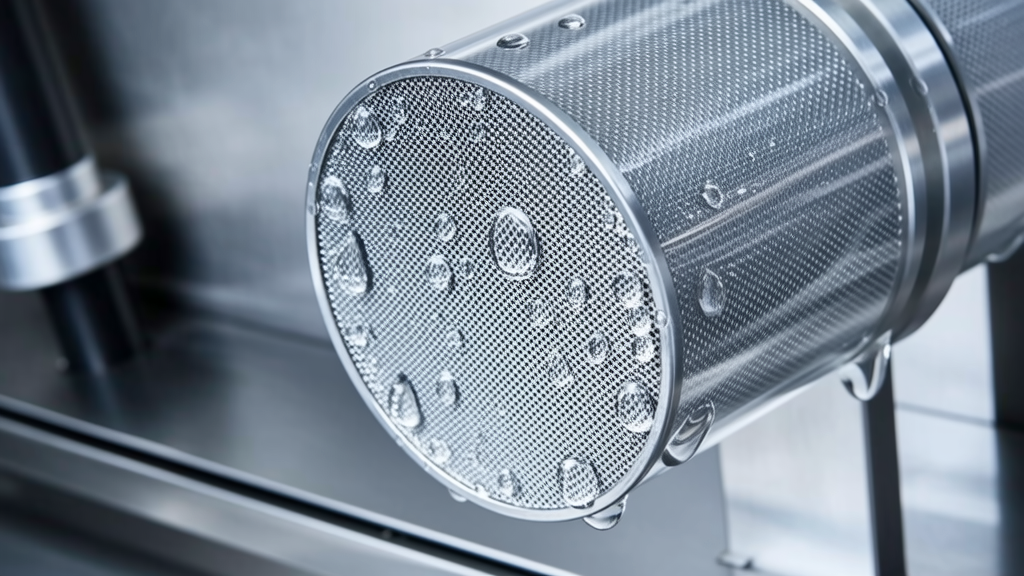UVC+photocatalyst: dual protection of air purifiers, creating a healthier breathing space
This article provides an in-depth analysis of how UVC ultraviolet and photocatalyst technology work together in air purifiers to improve air cleaning efficiency and ensure household air quality
With the acceleration of modern life pace, air quality issues are increasingly receiving attention. Especially in urban environments, indoor air pollution sources are numerous, such as formaldehyde, bacteria, viruses, and various particulate matter, posing a threat to people's health. To address these issues, more and more households are starting to use air purifiers. In recent years, the combination of UVC (ultraviolet C) and photocatalytic technology has become a major highlight in the field of air purifiers
Basic principles of UVC technology
UVC is a type of ultraviolet light with a wavelength between 200-280 nanometers, which has extremely strong bactericidal ability. It can destroy the DNA or RNA structure of microorganisms, causing them to lose their ability to reproduce and survive. Therefore, UVC technology is widely used in places such as hospitals and laboratories that require high cleanliness environments

In air purifiers, UVC lamps are usually installed after the filtration system to perform secondary sterilization treatment on the filtered air. This design can effectively reduce the residual pathogens in the air and improve the cleanliness of the air
Application of Photocatalyst Technology
Photocatalyst is a type of catalyst material that can undergo oxidation reactions under light irradiation, with the most common being titanium dioxide (TiO ₂). When photocatalysts are exposed to ultraviolet light, they release electron hole pairs, which in turn generate highly oxidizing free radicals that can decompose organic pollutants such as formaldehyde and benzene compounds
In air purifiers, photocatalyst coatings are usually applied to the surface of the filter screen. When air passes through the filter screen, pollutants are adsorbed and decomposed. This method not only removes harmful gases, but also prevents the filter from failing due to the accumulation of pollutants
The synergistic effect of UVC and photocatalyst
Combining UVC with photocatalysts can achieve more efficient pollution control in air purifiers. UVC is responsible for eliminating bacteria and viruses in the air, while photocatalysts focus on decomposing organic pollutants. The two complement each other, forming a comprehensive protective barrier

In addition, UVC can also stimulate the activity of photocatalysts, enhancing their ability to decompose pollutants. This means that under the same conditions, the air purifier combined with UVC+photocatalyst has a more significant effect than a single technology product
Practical application and market prospects
At present, many brands in the market have launched air purifier products equipped with UVC+photocatalyst technology. These products have shown excellent purification effects in laboratory testing, especially in removing formaldehyde, odors, bacteria, and other aspects
With the increasing emphasis of consumers on healthy living, the application prospects of such technologies are very broad. In the future, with further technological optimization and cost reduction, UVC+photocatalyst air purifiers are expected to become a standard configuration for more households
Precautions and selection suggestions
Although UVC+photocatalyst technology has many advantages, the following points should still be noted when purchasing related products
- safetyAlthough UVC lamps can effectively kill bacteria, direct exposure to the human body may cause harm. Therefore, high-quality products should have anti leakage design
- Stability of photocatalystThe quality of photocatalytic materials directly affects the purification effect. Products with high-quality photocatalyst coatings should be selected
- Maintenance frequencyThe photocatalyst coating may age after long-term use and needs to be replaced or cleaned regularly
- Energy consumption and noiseUVC+photocatalyst equipment may have certain energy consumption and noise during operation, and should be considered comprehensively when selecting
In short, the combination of UVC+photocatalyst technology brings higher purification efficiency and more comprehensive protection to air purifiers. For families pursuing a healthy living environment, this is undoubtedly a worthwhile investment choice
